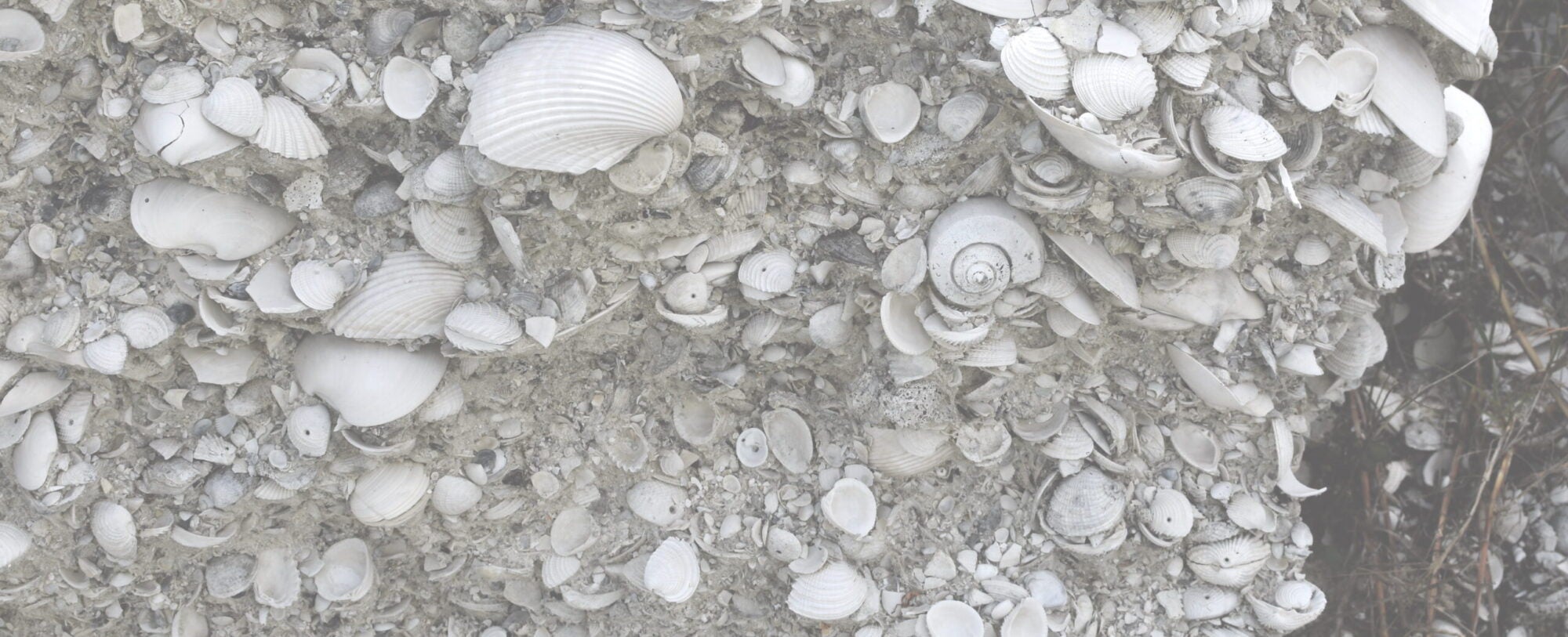Our collaborator Niels de Winter just had his (our) paper come out in Climate of the Past. Link to Paper here.
Niels used many proxy methods to assess the preservation of climate information in Cretaceous oysters from the Nequen Basin (Argentina). He found that the umbo/hinge region where calcite is densest is the best place to sample to reveal climate information. Porous zones of “honeycomb” carbonate had been replaced with secondary calcite with divergent isotopic compositions.


